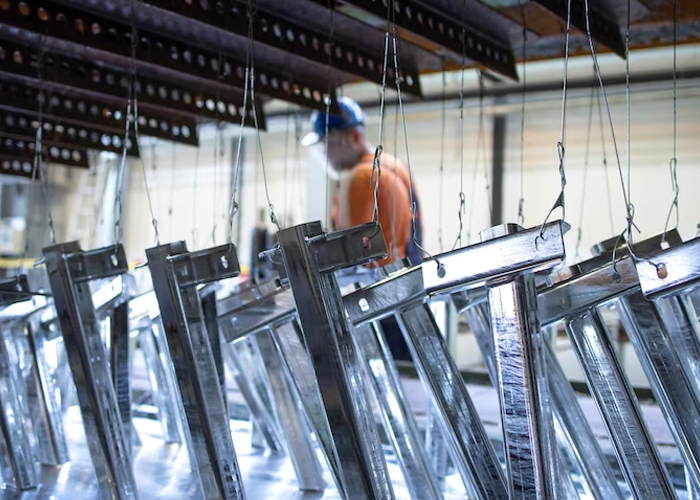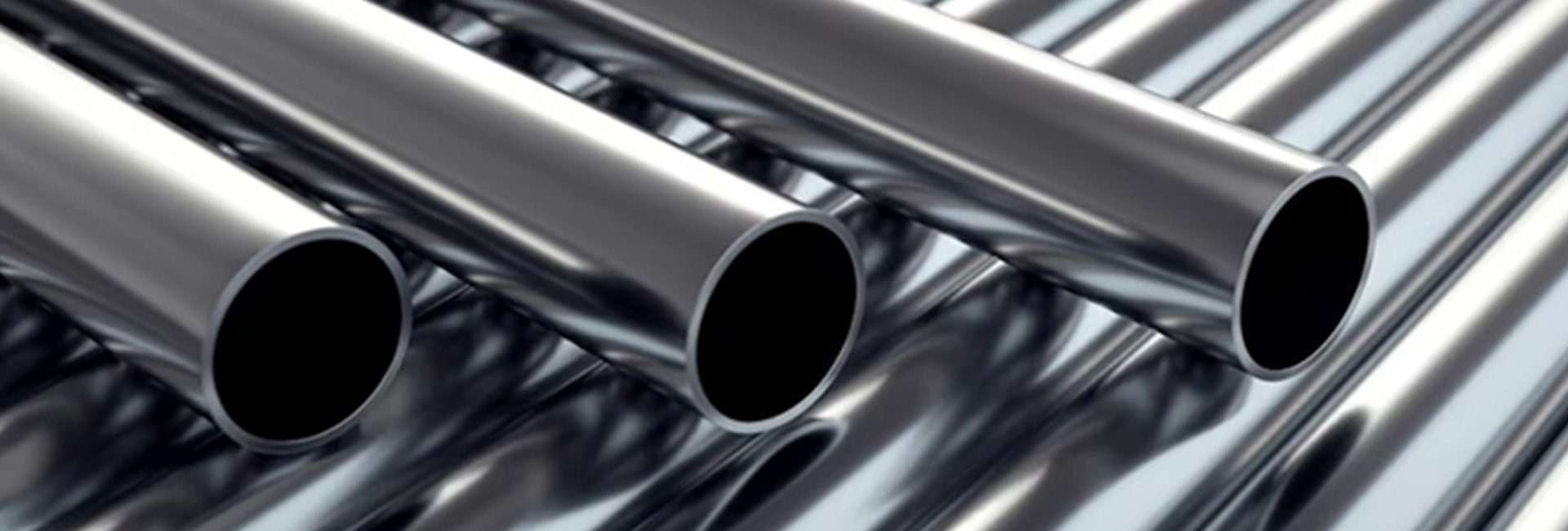Stainless steel is a widely used material in several industries owing to its immensely useful properties such as versatility, durability, and corrosion resistance. And the vast family of stainless-steel grades, 316L stainless steel stands out for various reasons.
Table of Content |
In this comprehensive guide, we shall tell you all about 316L stainless steel— its differences from 316 stainless steel, the properties of 316L steel, and its benefits. Read on to know more about this wonder alloy.
What is 316L Stainless Steel?
Stainless steel belongs to a group of iron-based alloys that have a minimum of 10.5% chromium content. It is resistant to corrosion because of the formation of a non-reactive chromium oxide layer on its surface. This makes stainless steel an ideal material for applications in corrosion-prone areas and environments.
Stainless steel has several grades. The 316 series of stainless-steel grades is much in demand. Within this grade, 316L has become the showstopper. The ‘L’ stands for ‘low carbon’ which makes this quality of stainless steel easier to weld and enhances its corrosion resistance capabilities. 316L stainless steel is in heavy demand in several industries owing to these properties.
What are the Major Properties of 316L Stainless Steel?

- Composition: The well-balanced 316L stainless steel composition makes it exceptionally resistant to corrosion. It not only has chromium but also molybdenum which provides extra resistance to pitting and crevice corrosion, particularly in chloride-rich environments.
- Mechanical Properties: ss316L boasts immense strength and durability, even at cryogenic temperatures, making it an immensely versatile material for applications requiring resistance to extreme conditions. In addition, despite its strength, 316L stainless steel offers easy moulding into various shapes.
What are the Major Differences between 316 Stainless Steel and 316L Stainless Steel?
There are certain key points of difference between ss316 and ss316L:
- 316L stainless steel composition is nearly the same as 316 stainless steel composition with one critical difference. The former has lower carbon content. While both 316 and 316L stainless steel offers outstanding mechanical properties such as high tensile strength and durability, the low carbon content in 316L stainless steel enhances its moulding capacity and minimises the risk of carbide precipitation during welding.
- Both 316L and 316 stainless steel are highly resistant to corrosion. But here again, the low carbon content in 316L stainless steel provides enhanced resistance against corrosive environments and makes it less prone to intergranular corrosion.
- The cost of 316 and 316L stainless steel is nearly the same. 316L stainless steel is a little more expensive than 316 stainless steel because of the additional manufacturing processes involved in lowering the carbon content of this grade of steel. But the price differences can vary depending on resource availability, market conditions, and the discretion of the supplier or the manufacturer.
What are the Applications of SS316 and SS316L?
316 stainless steel properties ensure its versatile uses across several industries such as food and beverage, pharmaceuticals, marine industries, and chemical processing. It is a highly sought-after material in the manufacture of instruments or components exposed to high temperatures, corrosive agents, and saltwater environments. Examples include valves, tanks, pipelines, and architectural or construction elements.
With enhanced properties like easy moulding and improved intergranular corrosion resistance, 316L stainless steel is extensively used in food processing, medical, jewellery, and pharmaceutical industries. It is ideal for applications involving sterilisation, uncompromised hygiene, and biocompatibility. Examples include jewellery, medical equipment and devices, surgical instruments, and sanitary equipment.
Read more: An Introduction to Steel Tensile Strength
What are the Benefits of 316L Stainless Steel?
- Heat Resistance: 316L stainless steel is highly heat resistant which makes it ideal for use in exhaust systems, heat exchangers, and furnace parts.
- Very High Corrosion Resistance: The high corrosion resistance of 316L stainless steel makes equipment built from it easy to maintain and clean. Therefore, it is ideal for industries where maintaining hygiene is crucial such as food processing and medical equipment.
- Aesthetic Appeal:316L stainless steel boasts a polished surface finish that gives it an attractive appearance. This makes it a coveted material for jewellery making, decorative pieces, and architectural uses.
Thus, 316 stainless steel and 316L stainless steel have many commonalities in terms of composition, mechanical properties, features, and applications. Your choice between the two grades of steel would depend on the requirements specific to your applications. While 316 stainless steel works fine for general corrosion resistance requirements, 316L stainless steel is better suited for applications involving sterilisation, welding, and biocompatibility.
Sree Metaliks Limited for High-grade 316 and 316L Stainless Steel

Now that you know all about these two grades of stainless steel, you must also consider the importance of buying from a manufacturer who offers the best quality. Sree Metaliks Limited is your one-stop destination for the highest quality 316 and 316L stainless steel. Sree Metaliks Limited is a trusted name among 316L stainless steel ring and 316L stainless steel round bar suppliers in the industry. The state-of-the-art technology used by the company and their team of experts ensures the best quality of steel at competitive prices.
If you have any further queries on steel grades or want to buy 316 or 316L stainless steel, do contact Sree Metaliks today!

